X-COM Franchise Retrospective (Part One)
By Patrick S. Baker
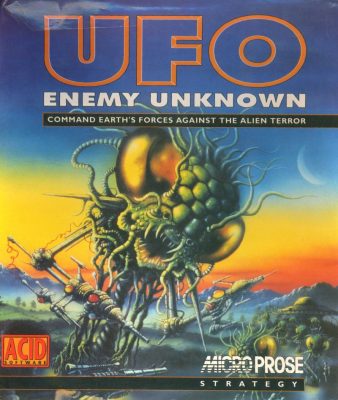
The mid-1990s was the Axial Age for personal computer games. Titles like Civilization, Steel Panthers, Panzer General and X-COM: UFO Defense (known outside North America, as UFO: Enemy Unknown) were released with staggering success. These seminal games essential created a whole entertainment genre of PC strategy games.
Perhaps the most important of all these was the first X-COM game. X-COM: UFO Defense is still considered to be one of the most influential games ever made. Further, some have argued that X-COM is not just a franchise, but is actually its own genre. In short, to say “X-COM game” is to define a game type, like “first person shooter” or “real-time strategy game”.
The first X-COM game was created by the Gollop brothers, Julian and Nick, under the auspices of the game design studio they founded, Mythos Games, in partnership with game publisher, MircoProse. Julian had been developing games since the early 1980s, two of his earlier games are direct precursors to X-COM.
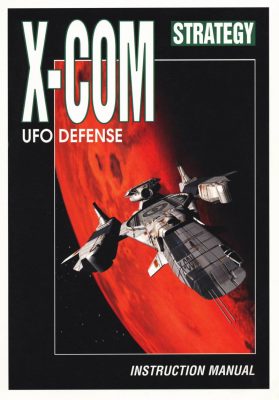
The first antecedent was Rebelstar Raiders, in which the Brothers Gollop established the basic concepts of squad-based tactics. The second precursor game, Laser Squad, had features such as line-of-sight, weapon and armor loadout changes, and destructible terrain. All of these concepts would be refined and employed in the X-COM games.
The brothers demo-ed Laser Squad 2 to Pete Moreland, then head of MicroProse development, in 1992. Moreland and his team liked the game, but wanted something with much more scope. MicroProse was the publisher of Sid Meier’s turn-based strategy games, Railroad Tycoon and Civilization.
Moreland wanted a game more like those, with strong strategic elements and a player-controlled grand narrative. Among other requirements for the game were that it had to take place on Earth, had to have a research tree, had resource management elements, and had the equivalent to Civilization’s Civilopedia.
The Gollops went home and started researching Unidentified Flying Objects (UFOs) per Moreland’s suggestion. The inspiration for X-COM: UFO Defense came from several sources. One was the British 1970s TV series, UFO. In the series, Earth was under attack from aliens who kidnap humans to harvest their organs. Supreme Headquarters Alien Defense Organization (SHADO), a top-secret military unit was established to combat the aliens. SHADO operated from a secret location and had a fleet of submarines, aircraft, and ground forces which were deployed around the world.
The concept of a secret organization and the game’s “battle rhythm” of shooting down UFOs and then sending in the ground troops, came directly from UFO. The style and theming of the game also came from the TV series. Several of the game design concepts were inspired by the Gollops’ preceding tactical games, as well as tabletop games like Freedom in the Galaxy, and the science-fiction role playing game, Traveller.
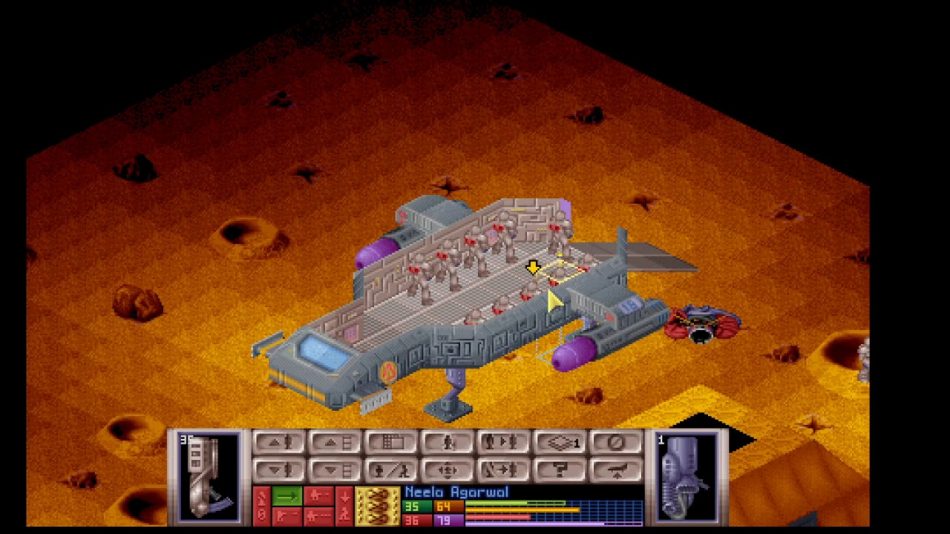
The Gollops created a design document that described the game as having two distinct layers: a command layer which had the strategic elements, and a tactical layer with the combat. The MicroProse team adored the design. The brothers Gollop were to code and design the game, while MicroProse personnel were involved in other substantial ways, including the art design and coming up with the name X-COM (for “eXtraterrestrial COMbat).
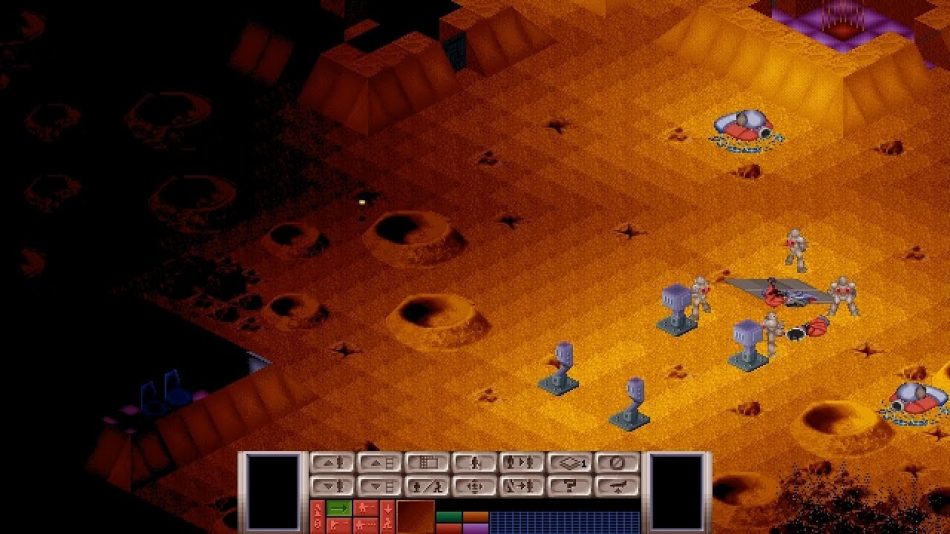
In the midst of production, Spectrum Holobyte bought a controlling interest in MicroProse, and officially cancelled the game. However, MicroProse’s Peter Moreland decided to just ignore the cancellation order and never informed the Gollops about it. The Mythos team continued to work on the game. UFO: Enemy Unknown was released in March 1994 for MS-DOS PCs and later ported to the Amiga platforms, and the PlayStation.
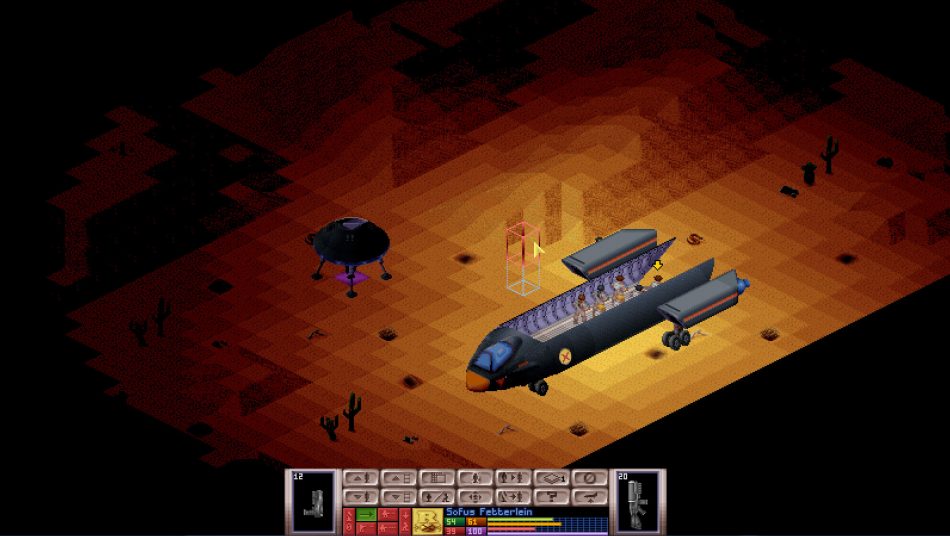
Set in the then near-future of 1999, the game told the story of the First Alien War and put the player in the position of commanding the clandestine X-COM organization. The game had two distinct layers the Geoscape and the Battlescape. The Geoscape was the strategic layer where the player built and improved bases, equipped and deployed aircraft, managed supplies and soldiers, scientists and engineers, directed research, manufactured equipment, sold alien artifacts and sent X-COM’s strike teams on missions. The player also had access to the UFOpedia that provided information regarding all aspects of the game.
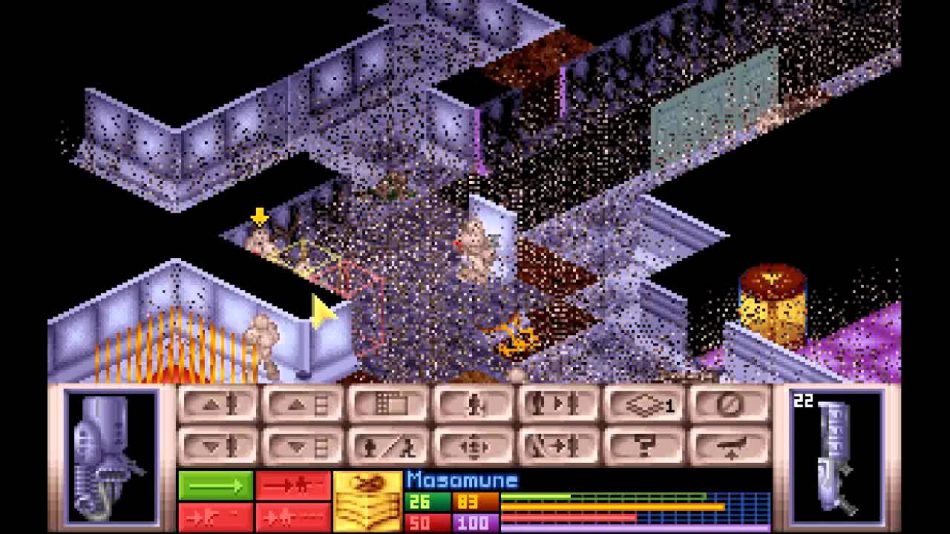
The Battlescape was the tactical layer. In the Battlescape, the player commanded a squad of soldiers against alien invaders. The player had an isometric view of a semi-randomly generated battleground. The combat was turn-based and features a system of action points, or time units, that could used for movement and other actions such as picking up or throwing objects, kneeling down, using items, or firing weapons.
The soldiers had health points which were reduced when they took hits from alien weapons. It would often take multiple hits to kill a soldier. Soldiers were armed with a variety of weapons, starting with human rifles and pistols and, then as the technology was researched, with laser weapons and ultimately plasma weapons. Missions ended when either the human forces were eliminated, or the alien forces were neutralized, or the human forces withdrew. Troops gained rank and abilities if they survived and were successful. Soldiers who were killed were forever dead, but could be replaced with raw recruits.
The game was a roaring critical and commercial success. Computer Gaming World rated X-COM five out of five stars, saying the game was “one of those rare and dangerous games capable of drilling into your brain, putting a vice-grip on your imagination…” The PlayStation version was called “one of the best PC strategy games ever”. GameSpot pronounced it: “a bona fide modern classic…” Computer Gaming World awarded X-COM its “Game of the Year” title and PC Gamer US gave X-COM its 1994 “Best Strategy Game” award. However, acclaim was not universal, with GamePro saying while “…an interesting and complex game…the extensive manuals and one-dimensional music really bore you … after a while”.
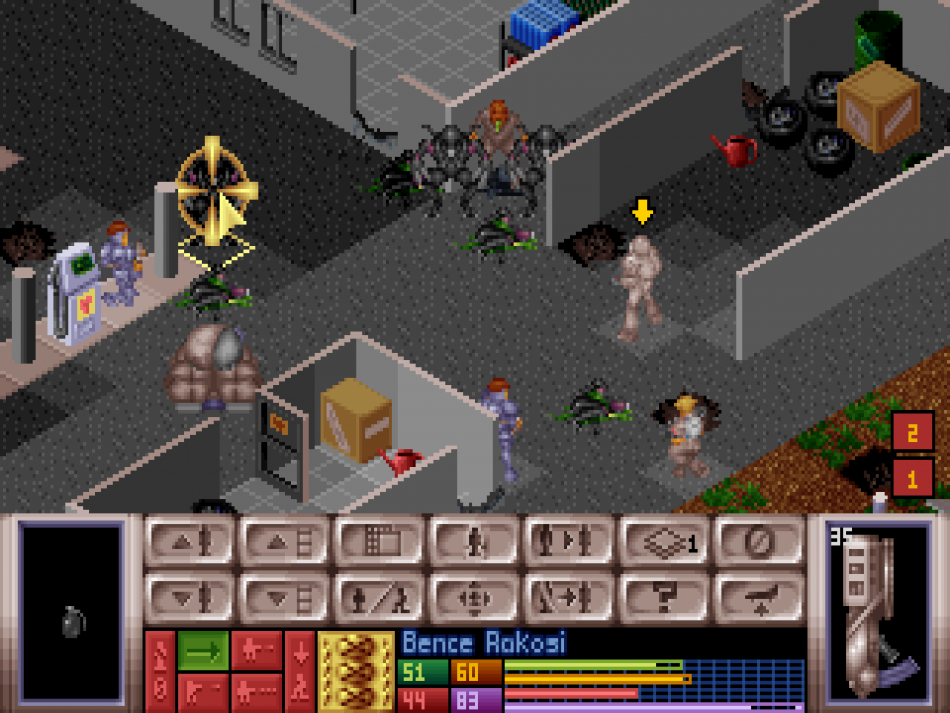
More than 600,000 MS-DOS versions were sold at full price, with another 200,000 at a discount. This does not count ported versions sold. About 50% of the sales were in America, unusual for a European game at the time. Oddly, it was a huge hit in Russia where only pirated versions were available.
With that kind of reception, MicroProse demanded a sequel and fast.
Patrick S. Baker is a former US Army Field Artillery officer and retired Department of Defense employee. He has advanced degrees in History and Political Science. He continues to use all his education and experience to play more games and annoy his family.

One of the best computer games evah!
Agreed!
So frustrating, so challenging and so worth it. It took a lot of factors into consideration such as morale and panic.
You know what’s so funny? I just started a fresh campaign myself. My early luck is being as good as usual. BAD 😉 The game is so addicting though.
Thanks for the post that sent me back down memory lane. I owned this version of X-COM before I owned any miniatures games and I absolutely loved it! Even before I owned the full version, I played the daylights out of the shareware version.
Tons of fun! Oddly enough, I am always looking into possible ways to remake the game on the tabletop. I think this is part of the reason why I love miniatures games with campaign systems.